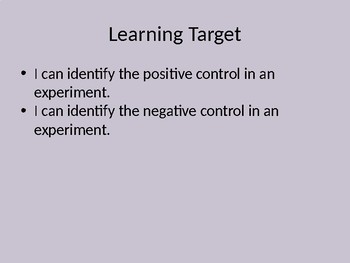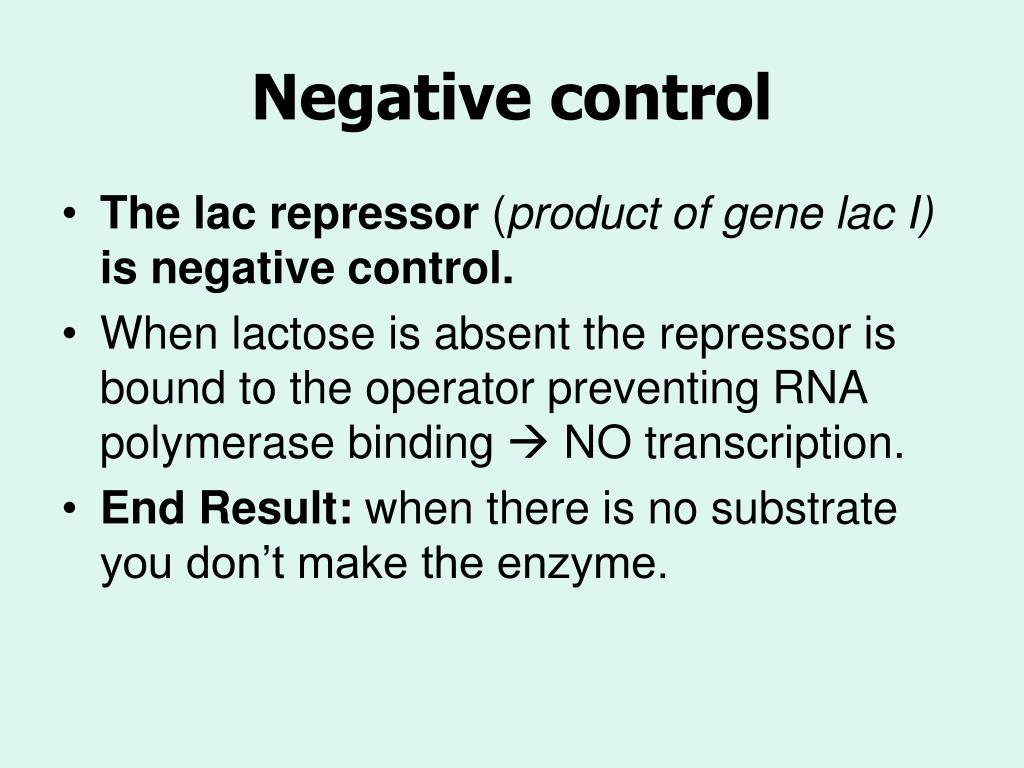

The positive controls test should be done at the same time of sterility test. One major type of control is the negative control. They are used to compare the test results. In any plasmid-based experiment, untreated cells should be included as these provide the baseline/standard against which other samples can be compared. The media are suitable if a clearly visible growth of the micro-organisms occurs. The best positive control has an RNA input mass similar to your experimental samples (e.g., 10 pg of RNA as a starting point for single cells). The control subjects are those individuals who don't get access to whatever is being tested. Negative controls: untreated cells, empty vector control, and non-targeting control Negative control conditions and plasmids should produce a null effect (i.e., no phenomenon is observed). The conspicuous growth of the inoculate micro-organism occurs in all the inoculate bottles within the period. Incubate all the containers containing medium at prescribed temperatures (20-25° for fungi & 30-35° for bacteria) for not more than 3 days for bacteria and 5 days for fungi.

#POSITIVE AND NEGATIVE CONTROL SKIN#
This test can be positive when the skin prick test was negative however, these results may not be clinically significant. A positive result is a wheal of a minimum 5mm, or any reaction larger than the negative control. If something was inhibiting the reaction. If a skin prick test is being done at the same time, those controls can be used. The resulting signaling show that the reagents are working properly. A positive control is expected to have amplification of the assay specific SARS-CoV-2 target regions. Left the spiked products at room temperature for about 2 hours.Ĭarryout sterility test method on the spiked products as per sterility test method. It is critical to include an appropriate positive control in every run of a RT-PCR assay to identify possible false negative samples. Spike about 1ml of suspension of one type of the following organisms: Staphylococcus aureus ATCC 6538, Candida albican ATCC 10231 and Clostridium sporengenes into each of the 3 samples. Microbial growth is not found in the negative controls.įor positive control, three sterilized three finished products shall select at random. Where a repeat test is to be performed during the working session the negative control should be concurrently processed with the repeat test.


 0 kommentar(er)
0 kommentar(er)
